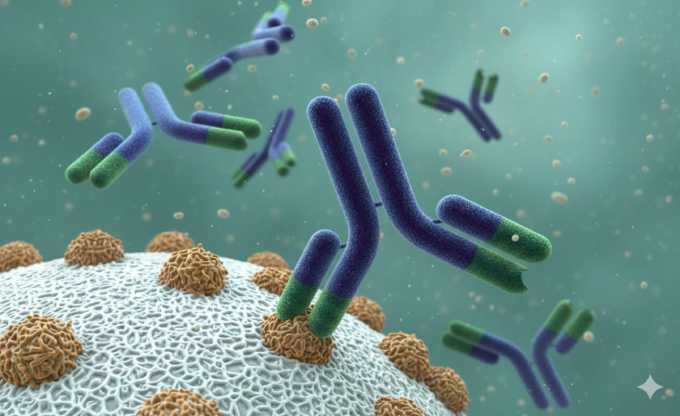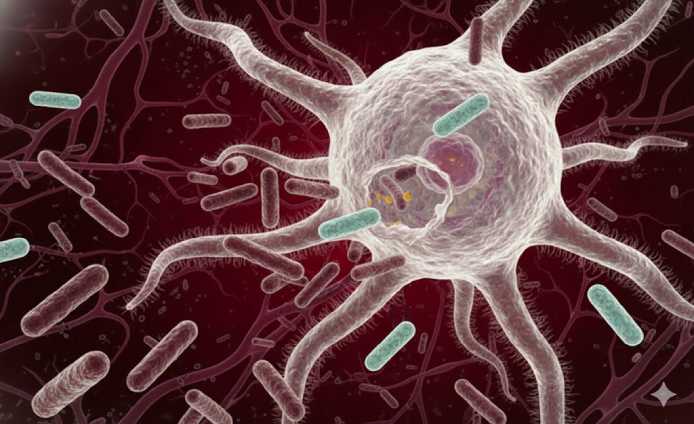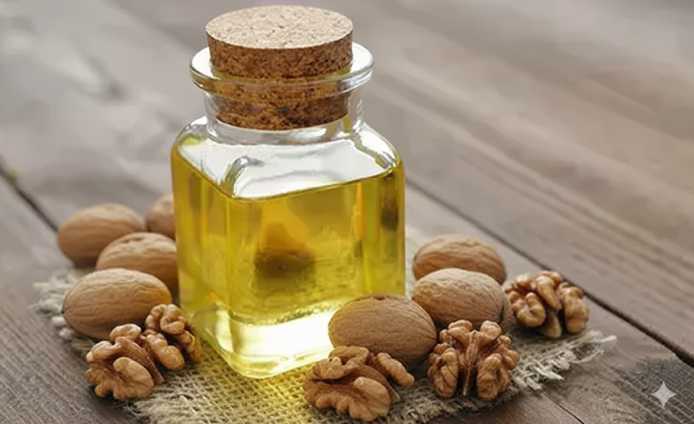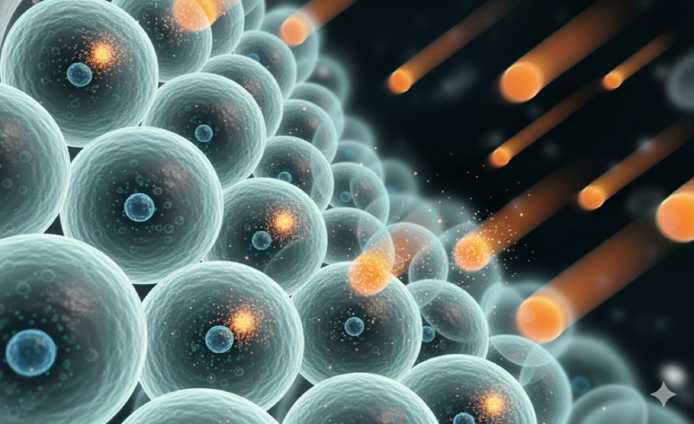Hericium erinaceus
Known as “Lion’s Mane” in English, “Hydne hérisson” in French-speaking countries, “Yamabushitake” in Japanese, or “hóu tóu gū” (monkey head) in China. A common name among Western chefs is also “Pom-Pom Blanc“.
History
Lion’s Mane has been consumed in China and Japan for thousands of years. It appears in the ancient Chinese medical text “Shennong bencao jing” (372–288 BC), where it is mentioned for relieving digestive issues and improving cognitive functions.
It was also used by Buddhist monks to enhance memory and concentration, especially during meditation.
Its domestication was developed by the Shanghai Academy of Sciences in the 1960s. Although it grows wild in our regions, it was only noticed a few decades ago, and scientific research has since contributed to its popularity. Gradually, the incredible composition of this mushroom and its beneficial effects on the body have been discovered. Today, most studies focus on its antidepressant effects.
Thanks to all its benefits, described below, it is considered a functional or vital mushroom: in addition to its nutritional properties, it has real positive effects on the body and well-being.
Nutritional Composition
All essential amino acids for humans, except methionine and tryptophan
- Vitamins : B1, B2, B3, B5, B12, D2 (after one hour of sun exposure)
Minerals and trace elements: zinc, copper, phosphorus, selenium, iron, calcium, potassium, germanium
Protein: 20–25% (dry weight)
Polysaccharides: beta-(1,3-1,6)-glucans
- Phenolic derivatives: hericenones, erinacines
- Sterols: ergosterol (provitamin D2), beta-sitostero
- Fibers
- Lectins
Taste Experience
The Pom-Pom Blanc offers subtle flavors of hazelnut and forest, and pairs exceptionally well with the aromas you choose, while keeping its own identity.
Its texture, reminiscent of crab or chicken muscle fibers, makes it an excellent meat substitute in vegetarian dishes.
Recipe Ideas
Sautéed in slices
Link on Instagram
As meatballs
Link on Instagram
Breaded – Yuki creams
Link at our friends Yuki Cheese
Marinated
Recipes coming soon!
In sandwiches
Recipes coming soon!
Indian-style
Recipes coming soon!
Mushroom jerky
Recipes coming soon!
Functional and Medicinal Aspects
Lion’s Mane, a mushroom used in traditional Chinese medicine for millennia, is known for its benefits for digestion, the immune system, and cognitive functions.
Below, discover the medicinal properties attributed to Hericium erinaceus and the latest scientific findings.
Nervous System

Recent research has shown that compounds in the mushroom and mycelium, such as hericenones, erinacines, and others under study, stimulate the endogenous production of NGF (Nerve Growth Factor), improving nervous system development and function and providing protection against certain damage. This could help prevent:
Memory loss
Alzheimer’s disease
Parkinson’s disease
Anxiety, depression, irritability
Cognitive and physical fatigue
Digestive System

Hericium erinaceus is used in traditional Chinese medicine to treat digestive issues such as ulcers, gastritis, and inflammation. It is particularly effective against Helicobacter pylori by activating a specific immune pathway.
Gastric ulcers
Gastritis
Fighting Helicobacter pylori
Intestinal inflammation
Abdominal pain
Intestinal motility disorders
Immune System

Studies on Hericium erinaceus show it may benefit the immune system by increasing and modulating the body’s natural defenses against pathogens and preventing their damage.
General immunity
T and NK cell activity
Cytokine production
Infection prevention
Regulation of intestinal flora
Potential Antitumor Effect

Recent studies on Hericium have highlighted its antitumor potential, particularly against liver, colon, stomach, and blood cancers in animal models. The beta-glucans in this mushroom may directly target cancer cells, leading to apoptosis (programmed cell death).
Cancer cell apoptosis
Slowing their spread
Sugar Metabolism

Several studies suggest that Hericium may help lower blood glucose levels. It may also benefit neuropathic pain related to diabetes, and its ability to stimulate NGF production could benefit the pancreas.
Blood glucose
Neuropathic pain
NGF and pancreas
Lipid Metabolism

Hericium also appears to affect cholesterol and triglyceride levels. Several studies in obese animal models have shown beneficial effects by activating certain metabolic pathways that regulate these lipids and reduce the adverse effects of their accumulation.
Regulation of triglycerides
Regulation of cholesterol
Antioxydant

Hericium erinaceus contains compounds such as polysaccharides, sterols, and phenols with antioxidant and anti-inflammatory properties. These compounds can help protect cells from free radical damage and reduce inflammation.
Polysaccharides
Sterols
Phenols
anticoagulant

Hericium erinaceus contains various compounds that may inhibit platelet aggregation and reduce the risk of blood clots. These act by blocking platelet adhesion sites on blood vessel walls.
- Hericenones
Disclaimer:
Despite the millennia-long use of Hericium erinaceus, it is important to note that studies on the therapeutic properties of these mushrooms are still ongoing.
The information on our website does not replace professional medical advice and should not be used to diagnose, treat, or prevent diseases.
Please consult a doctor before using Hericium erinaceus for medicinal purposes. Results may vary between individuals.
If you want to continue your own research on Lion’s Mane, here is a direct link to the site listing all known scientific articles to date, PubMed:
Hericium erinaceus – Search Results – PubMed (nih.gov)
For those consuming Lion’s Mane powder, here is the link to information about its use.

